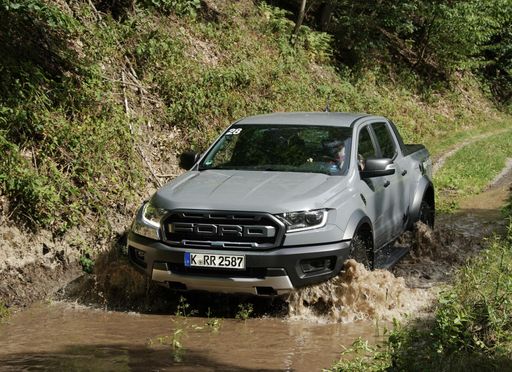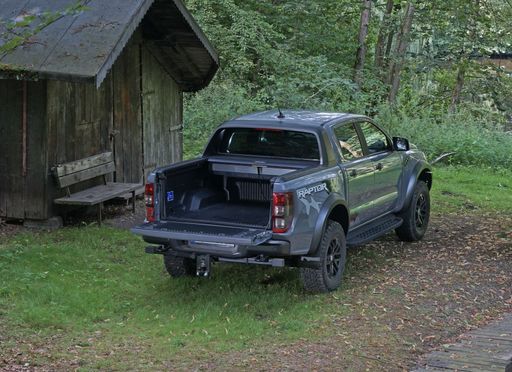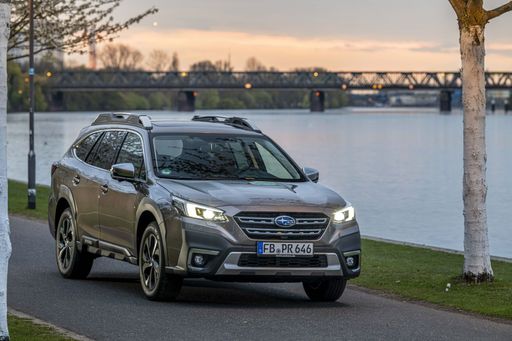Ford Ranger vs Subaru Outback: A Comprehensive Comparison
In the automotive world, versatility and performance are valued attributes, especially when comparing two iconic models like the Ford Ranger and the Subaru Outback. Both vehicles have carved out strong niches in the market, yet they cater to slightly different kinds of riders. Here, we delve into their technical aspects and innovative features to see what sets them apart.



